Types of Masonry: Traditional and Modern Techniques
Let's explore the evolution of masonry from traditional to modern methods, catering to diverse construction needs. It covers how old techniques...
6 min read
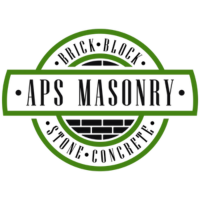 Alec Serowatka
:
Jun 20, 2023 10:46:59 AM
Alec Serowatka
:
Jun 20, 2023 10:46:59 AM
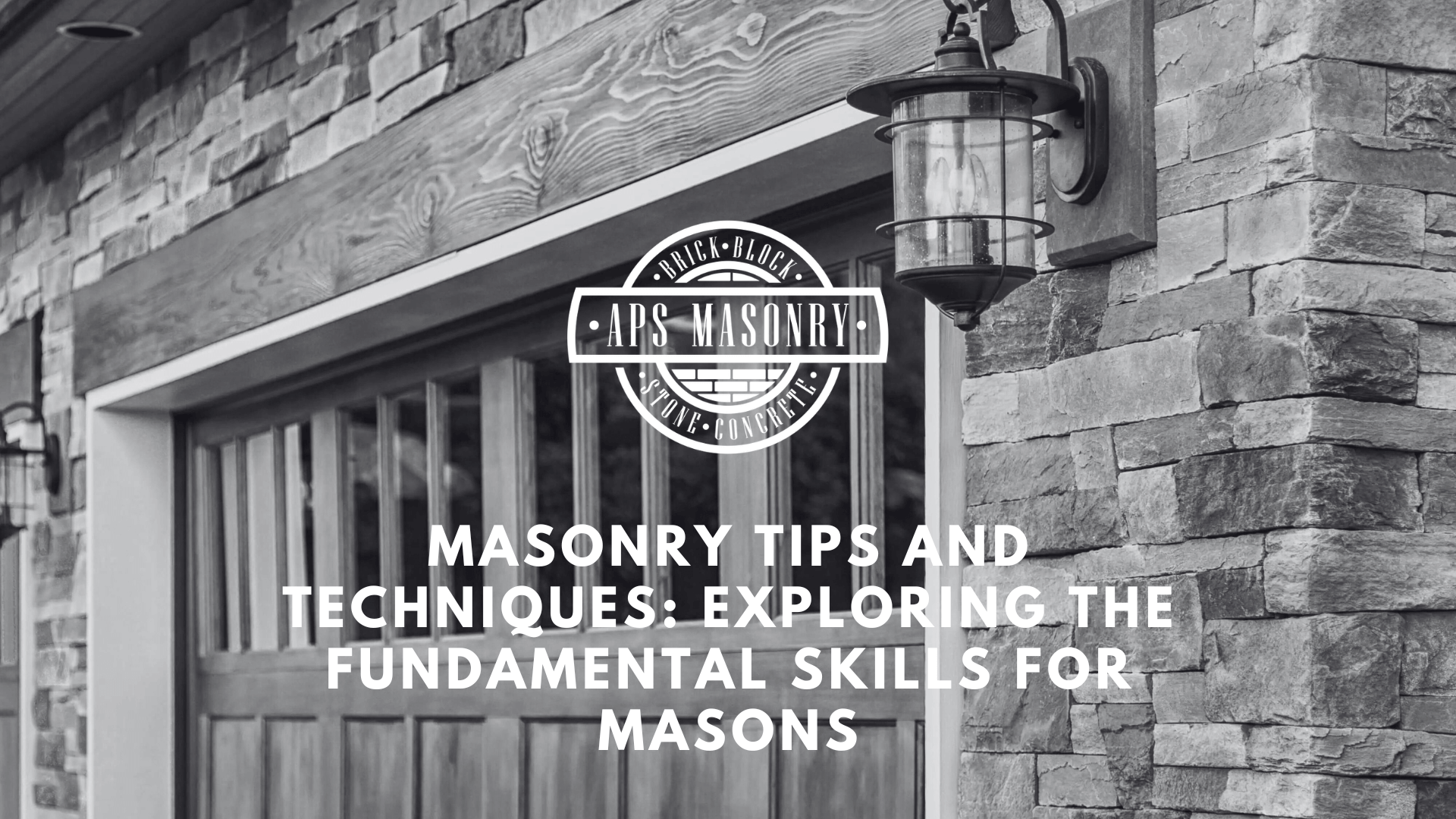
Mastering masonry involves techniques for laying bricks, stones, and blocks with mortar to create stable, aesthetically pleasing structures. Key methods include laying solid foundations, precise bricklaying, finishing mortar joints, using bonding patterns, incorporating buttresses for extra support, and constructing arches. These techniques guarantee durability and visual appeal.
Understanding and practicing these methods are important for building high-quality masonry projects. Dedication to learning and practicing these techniques will improve your craftsmanship and ensure your masonry work stands the test of time.
Building a top-quality structure requires a fundamental knowledge of masonry techniques. The following takeaways will help pave the way to that success:
Bricklaying specifically refers to the skilled technique of laying bricks precisely and systematically. It focuses on placing and bonding individual bricks using mortar or bonding agents. Bricklaying requires consistent alignment, jointing, and leveling expertise to reinforce structural integrity and visual appeal.
Stone masonry is a skilled craft that focuses on building structures using stones as the primary material. It involves the precise arrangement of stones to form stunning walls, arches, and facades. Specialized knowledge of stone masonry supports stability, durability, and aesthetic appeal. By honing these skills, stone masons can create remarkable, resilient structures with finesse.
Concrete is a versatile construction material of gravel, broken stone, and sand mixed in a mortar or cement. Concrete blocks, called concrete masonry units (CMUs), consist of Portland Cement, aggregates, and water. The appeal of concrete to designers and builders lies in its numerous advantageous qualities. Concrete masonry structures have remarkable durability, withstanding harsh conditions, including fire, mold, termites, rot, and extreme storms.
Pointing refers to finishing mortar joints, whether in stone or brickwork. As mortar tends to have a shorter lifespan than the bricks it holds together, removing and replacing it at the required time becomes necessary to maintain structural integrity and aesthetics. Skilled masons with stone or brick pointing can beautifully restore and reinforce structures' strength and visual allure by replacing worn-out mortar.
Tuckpointing is a technique used to improve the aesthetic appearance of masonry. It involves the removal of deteriorated mortar, followed by filling the joints with new mortar that closely matches the brick's color. With tuckpointing a thin line of contrasting putty is then skillfully applied down the center of the joint, creating the illusion of well-maintained and narrow joints.
A butter joint is a specific type of mortar joint. In a butter joint, the mortar is spread evenly and smoothly across the entire brick or stone surface before it is placed. This technique creates an even layer of mortar that helps to ensure a strong bond between the masonry units. Butter joints offer certain advantages, including a stronger bond, improved aesthetics, reduced water penetration, and ease of application.
Repointing is a process that revitalizes masonry by carefully removing deteriorated mortar from the joints and replacing it with fresh mortar. When executed with precision, repointing not only helps the visual appeal but also reinforces the physical integrity of the structure, leading to an extended lifespan of the building.
When discussing tuckpointing vs repointing, it's vital to recognize that tuckpointing is a method that uses two contrasting colors of mortar to change the appearance of mortar joints, while repointing is the process of repairing or replacing damaged or worn-out joints in brickwork.
Parging is the process of applying a protective coating to the foundation's visible section, whether made of poured concrete or concrete blocks. Foundation Parging offers decorative and functional advantages, especially regarding foundation walls. While its primary function is to conceal surface imperfections, such as marks from formwork, parging also serves a functional role by providing a protective layer to the foundation walls.
Stonework refers to the general practice or craftsmanship of working with stone in construction or design. Stonework can include carving, shaping, and assembling stone materials to create structures, sculptures, or architectural elements. It involves a broader range of activities related to using stone in various applications, including functional and decorative purposes.
Brickwork and bricklaying are related but distinct terms in the construction industry. Brickwork refers to activities involving bricks, such as designing, planning, and skillfully executing brick-based projects. It involves the integration of bricks with other materials to create stunning and complete structures.
Mastering basic masonry techniques is necessary for building masonry structures that are both durable and visually appealing. Here are the key techniques that masons use today, along with tips on how to apply them properly for optimal results.
Bonding patterns play a critical role in masonry construction, determining the strength and aesthetic appeal of a structure. Some of the most common bonding patterns include:
Mortar joints are the "glue" that holds masonry units like bricks and stones together. The way these joints are finished impacts both the structure’s durability and its visual appeal. Here are some common techniques:
Different projects call for different masonry wall techniques, which can affect the building’s strength and purpose:
Basic masonry techniques are important for guaranteeing the durability and safety of any masonry structure. Here’s why applying these techniques correctly matters:
Structural Integrity: Proper techniques create stronger, more durable masonry walls that stand up to environmental stress.
Fire and Moisture Protection: Well-built stone walls, brick masonry, and concrete blocks provide protection against fire, pests, and moisture.
Better Insulation: Using the right methods increases insulation, helping to regulate indoor temperatures and reduce noise pollution.
Environmental Benefits: Quality masonry work is energy-efficient, eco-friendly, and helps lower carbon emissions.
Increased Property Value: Well-executed masonry construction can significantly increase the value of your home or building by boosting both its visual appeal and structural durability.
Perfecting masonry techniques requires patience, practice, and attention to detail. Here are some tips to set you on the right path:
Masonry mistakes are often highly visible and costly to fix. Some common errors include:
Tip: Avoid costly renovations by taking time to get the basics right, focus on sound engineering and careful execution from the start.
When issues arise in masonry work, troubleshooting requires a systematic approach:
Safety is a top priority on any construction site. When applying masonry techniques, here are some major safety tips to follow:
Remember: Accidents on masonry sites are not uncommon, so taking every safety measure can save lives.
Masonry techniques have transformed dramatically over the past 10,000 years. From simple mud huts to modern architecture, each era left its mark on the evolution of masonry construction:
Despite technological advances, natural stone and brick masonry remain popular choices for their inherent durability and natural beauty. While automation continues to shape the future, the artistry of skilled masons will always play a crucial role in building structures that last.
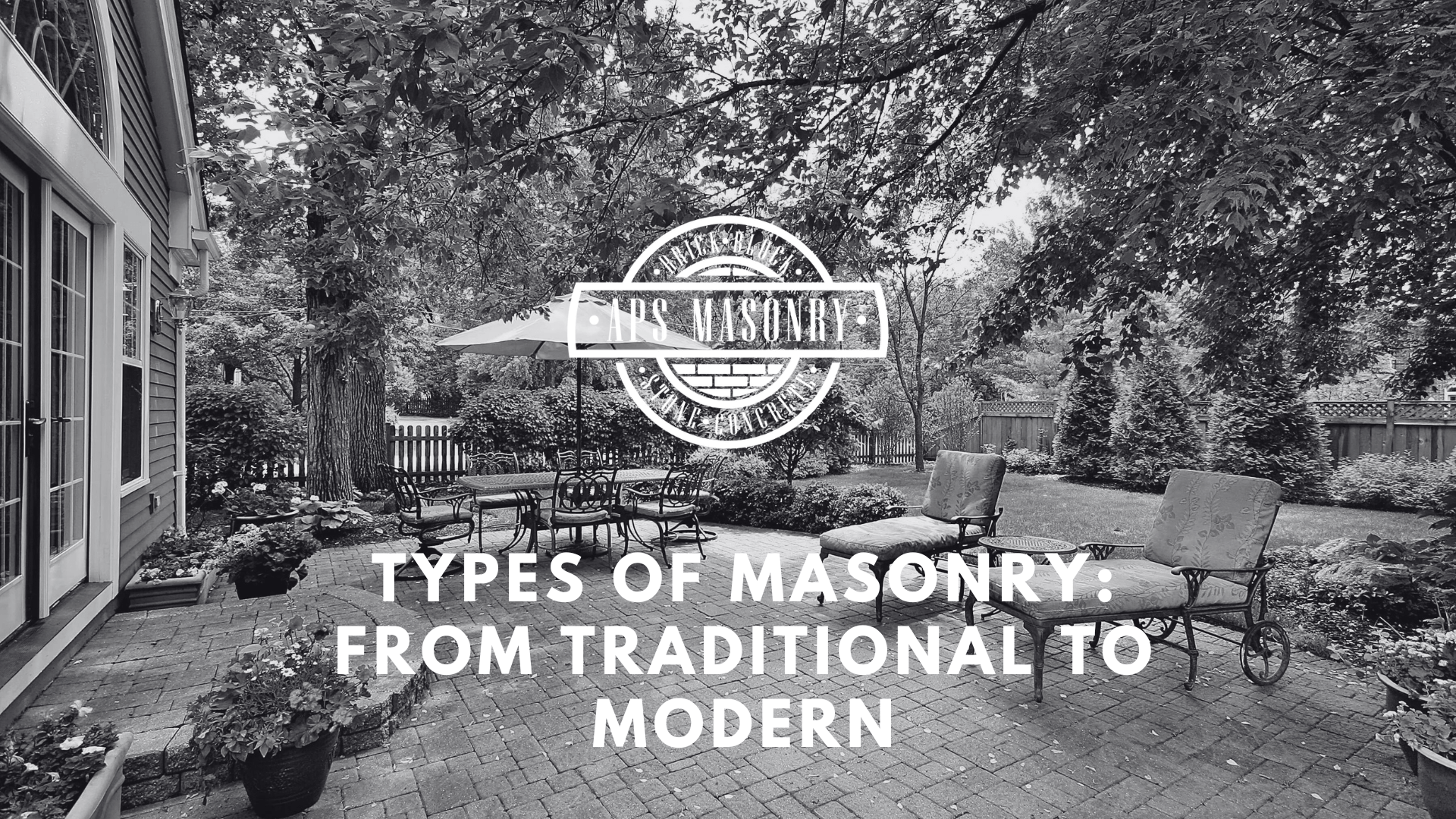
Let's explore the evolution of masonry from traditional to modern methods, catering to diverse construction needs. It covers how old techniques...
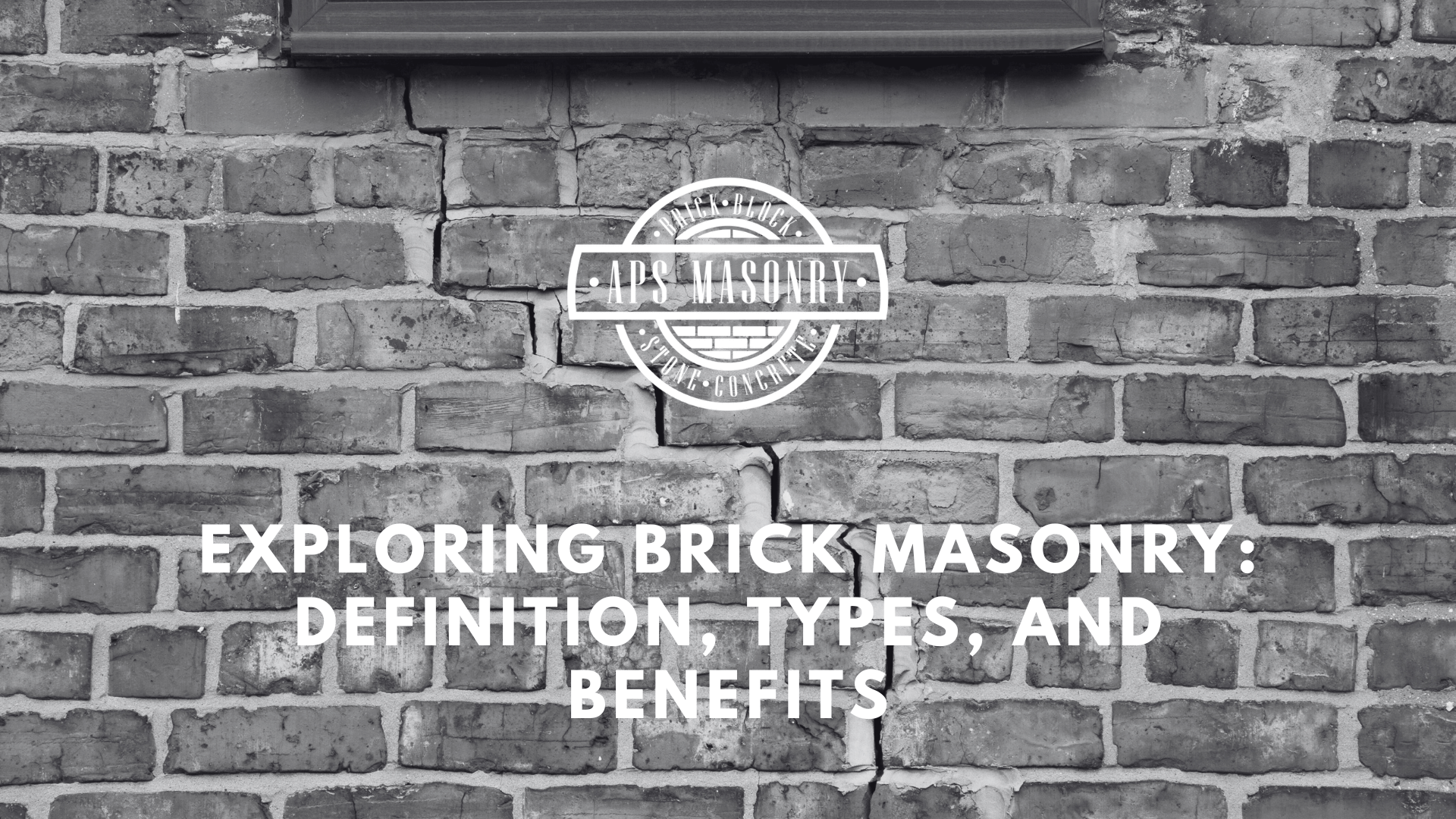
Brick masonry is a timeless construction technique that uses bricks and mortar to build durable structures like walls and arches, known for their...
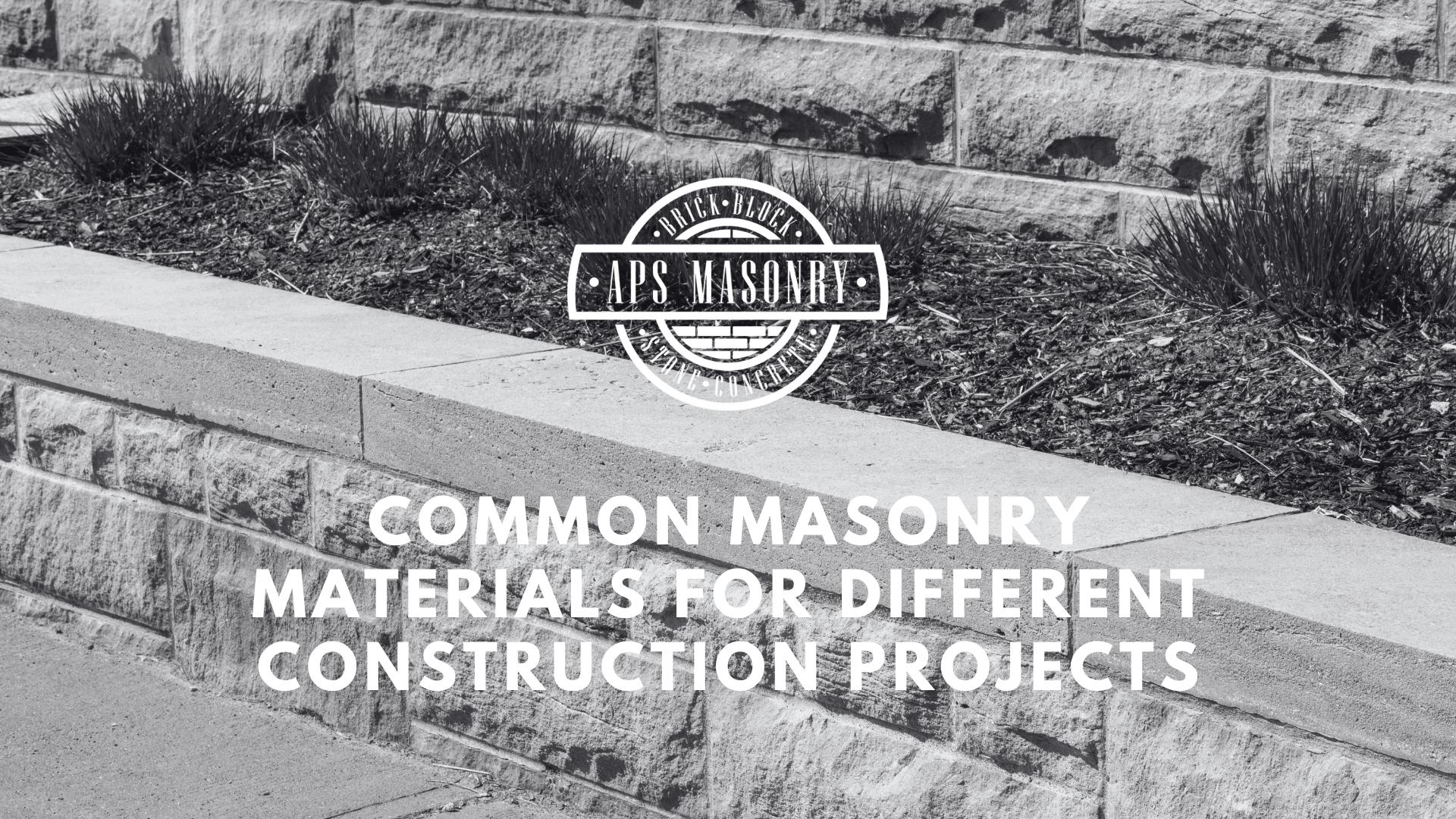
Choosing the right masonry materials is important in guaranteeing a project's durability, strength, and overall success. Masonry work is a technique...